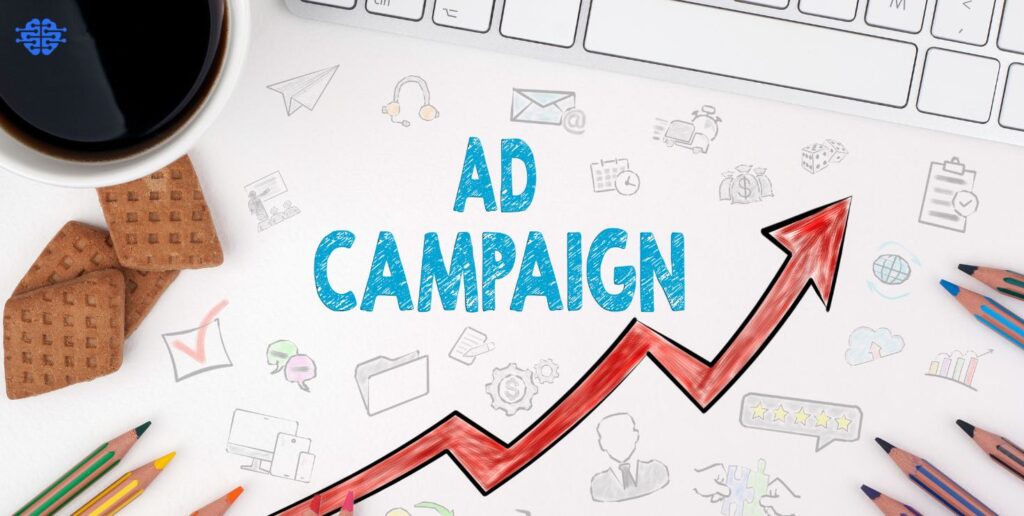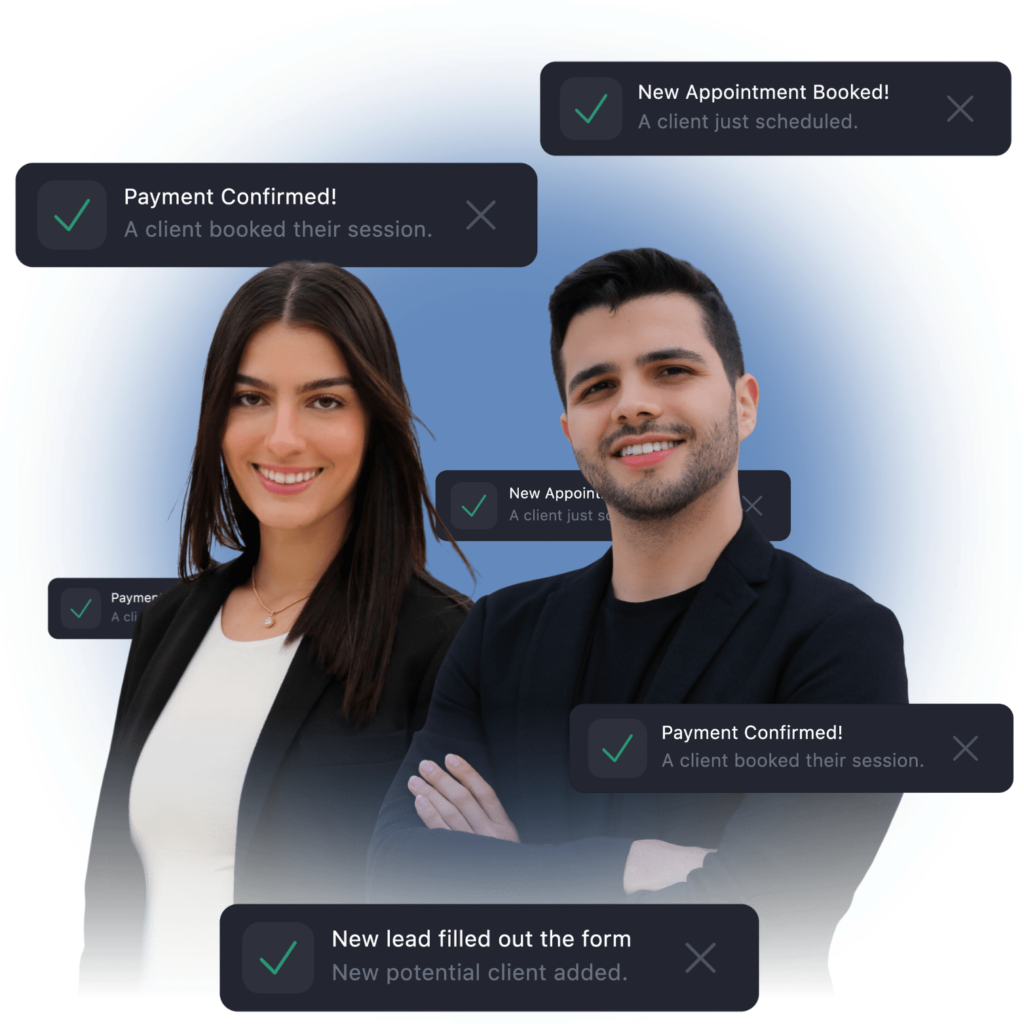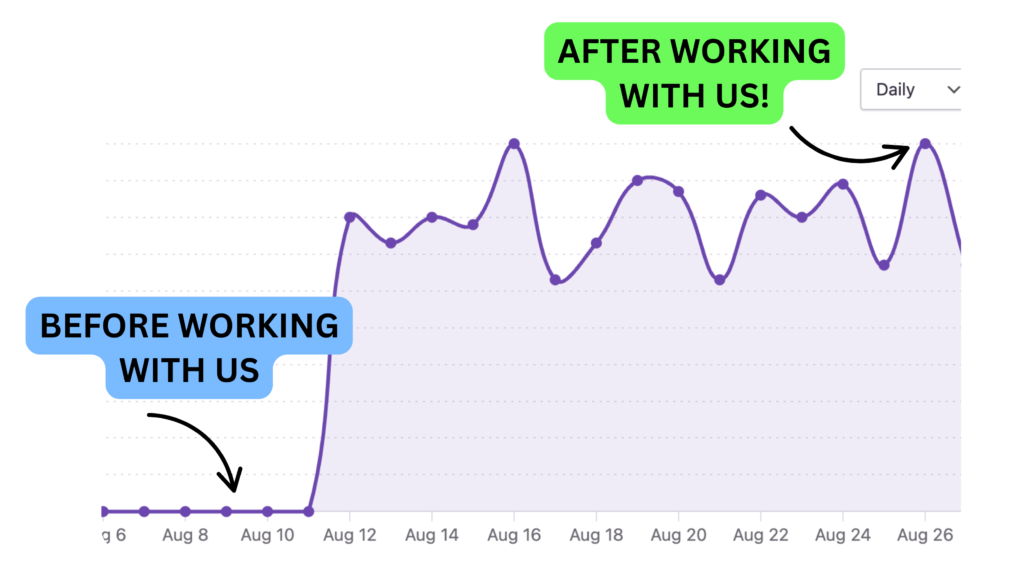When deciding where to spend your advertising budget, Google and Facebook are two of the biggest platforms you might consider. Each platform offers unique benefits and caters to different types of audiences and marketing goals.
Understanding the strengths and limitations of Google and Facebook can help you make a more informed decision.
This article will guide you through the key aspects of advertising on both platforms, helping you determine which might be the better choice for your specific needs.
Is Google or Facebook Better for Advertising? Similarities and Differences
Let’s look into the details of how Google and Facebook compare in their advertising capabilities.
Targeting Capabilities
Effective targeting is crucial for successful advertising. Here’s how Google and Facebook handle this:
Google: Google’s strength lies in its intent-based targeting, which uses keywords to connect advertisers with users actively searching for related topics. This method is powerful for capturing ready-to-buy audiences and can be enhanced with location targeting, device targeting, and even time-of-day adjustments to optimize ad exposure.
Facebook: Facebook provides nuanced targeting options that utilize extensive demographic data, including age, gender, location, interests, and behaviors. This platform also allows for retargeting based on previous interactions with your website or Facebook content, which can help in nurturing leads and increasing conversion rates by reaching out to already interested parties.
Ad Formats
The choice of ad formats can greatly influence the success of your campaigns. Here’s what each platform offers:
*Google: Google’s ad portfolio includes text-based search ads, graphic display ads, YouTube video ads, and Google Shopping ads, each targeting users at different stages of their decision-making process. Responsive ads on Google automatically adjust content and format to fit available ad spaces, optimizing your message across platforms and devices.
*Facebook: Facebook ads are inherently visual and designed to blend seamlessly into a user’s news feed, which increases the likelihood of engagement. In addition to the basic photo and video ads, interactive formats like Instant Experiences (formerly known as Canvas) are mobile-optimized to deliver immersive, full-screen experiences to drive deeper engagement.
User Engagement
How users interact with your ads plays a crucial role in their effectiveness. Here’s a deeper insight into engagement on each platform:
*Google: While Google ads typically focus on driving actions such as clicks and conversions, the engagement can also be measured through advanced metrics such as bounce rate and time on site post-click, which helps advertisers understand the quality of traffic and optimize accordingly.
*Facebook: Facebook not only facilitates basic engagement actions like likes, comments, and shares but also enables advertisers to measure ad recall and brand awareness through user surveys directly integrated into the platform. This can be particularly valuable for campaigns aiming to improve brand visibility and loyalty.
Cost Effectiveness
The cost of advertising can vary based on several factors. Here’s what you might expect:
*Google: While Google’s PPC model might seem costly upfront, the ability to target users with high intent often leads to better ROI, especially for businesses with higher value products or services. The platform also offers tools to track conversion and measure ROI directly, helping advertisers refine strategies for better results.
*Facebook: Facebook generally offers a more cost-effective platform for broader reach and frequency, making it ideal for brands aiming to build awareness and engage large audiences at a lower cost. The platform’s detailed performance metrics help advertisers adjust campaigns to achieve the best results for their budget.
Analytics and Optimization
Analytics and optimization tools are essential for improving ad performance. Here’s how Google and Facebook help you refine your campaigns:
*Google: Google provides comprehensive analytics through Google Analytics, which integrates seamlessly with Google Ads. You can track user behavior, conversions, and website interactions to optimize your campaigns. Google’s machine learning also helps in automatic bid adjustments to maximize the efficiency of ad spend based on campaign objectives.
*Facebook: Facebook Ads Manager offers detailed performance insights, allowing advertisers to see metrics like reach, impressions, and engagement rates. The platform also provides A/B testing tools to experiment with different ad elements, helping you find the most effective approach for your target audience.
Market Reach
The potential to reach different markets can vary between platforms. Here’s a look at the market reach of Google and Facebook:
*Google: Google’s vast network, including search, YouTube, and millions of partner websites, provides an unparalleled reach that spans virtually all internet users worldwide. This extensive market reach is ideal for campaigns aiming to attain maximum visibility and traffic.
*Facebook: Facebook’s global user base of billions includes a diverse demographic, making it especially powerful for reaching broad audiences internationally. Facebook also offers precise targeting options that can localize campaigns to specific geographic areas, ideal for businesses targeting specific regions or communities.
What are Google Ads?
Google Ads is a digital advertising platform where you can pay to have your business appear on Google’s search results and other websites.
Essentially, when someone searches for a keyword related to your business, your ad can show up above or beside the search results, known as paid search. This increases the visibility of your business, driving more traffic to your website.
You only pay when someone clicks on your ad, making it a cost-effective way to reach potential customers who are actively looking for what you offer.
What are Facebook Ads?
Facebook Ads is a paid social media advertising tool that lets you place promotions on Facebook, Instagram, and other platforms in the Facebook network.
With Facebook Ads, you can target people based on their interests, demographics, and behaviors, making your ads more relevant to the people who see them. This can include ads in news feeds, stories, or as videos.
Like Google Ads, you pay for specific actions, such as when someone clicks on your ad, but it’s particularly powerful for building brand awareness and engagement within a social context.
When to Use Google Ads and Facebook Ads
Choosing between Google Ads and Facebook Ads depends on your advertising goals. Use Google Ads if you want to reach customers who are actively searching for products or services like yours.
It’s ideal for driving immediate sales and capturing demand. On the other hand, use Facebook Ads if your goal is to build brand awareness or engage with a specific demographic based on lifestyle and interests.
Facebook is particularly effective for creating an initial interest or for remarketing to people who have already shown interest in your brand or products.
Ready to Boost Your Advertising Results?
Is Google or Facebook better for advertising? Choosing between Google Ads and Facebook Ads can be complex, but you don’t have to make this decision alone.
With experience in both platforms, EtherealMinds is here to guide you professionally towards achieving your marketing goals. Schedule your free consultation today and start maximizing your potential!









